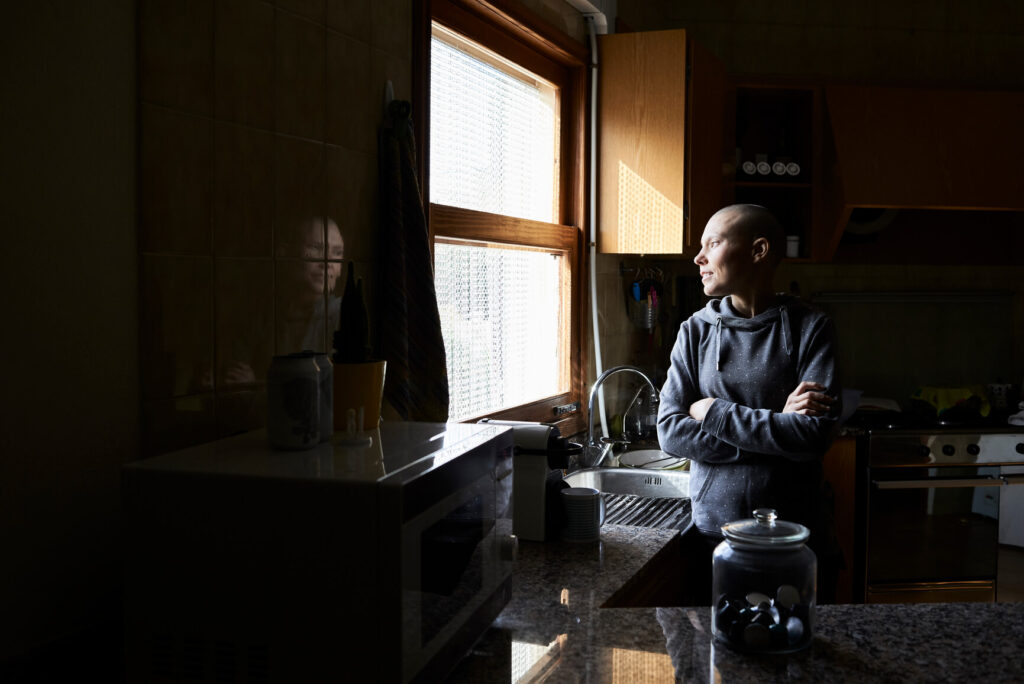News & Articles
Working together to prevent pancreatic cancer – Color
Lily Servais
Pancreatic cancer isn’t one of the more common cancers; only about 1 out of every 66 people develop it in their lifetime, but it’s one of the most deadly. This disease usually isn’t detected until it’s too late for treatment options to be effective, and since there isn’t yet a good screening test — like colonoscopies for colon cancer or mammograms for breast cancer — there isn’t even an official recommendation for widespread screening. Identifying individuals at risk for pancreatic cancer and detecting a pancreatic cancer early is crucial to improving outcomes. Color’s goal is to help make this happen. So, to mark the beginning of Pancreatic Cancer Awareness Month, here’s a quick review of what we know about pancreatic cancer, and what we all should know about fighting it.
The precise causes of pancreatic cancer aren’t yet fully understood, but studies have identified certain risk factors that may increase one’s likelihood of developing it. Most incidences of pancreatic cancer seem to be caused by sporadic (non-hereditary) or environmental factors such as smoking, obesity and increased age. At least 10 percent of pancreatic cancers are hereditary, meaning they’re caused by inherited mutations in specific genes such as BRCA1, BRCA2, CDKN2A and others. Color’s hereditary cancer test examines 13 genes that can increase pancreatic cancer risk, so people can learn if they have a genetic risk for this disease and take action. We also work closely with researchers who are trying to develop better screening and treatment options for people affected by pancreatic cancer.
If you have a family history of pancreatic cancer or a mutation in one of these genes, or if you’ve had diabetes for five or more years, you’re at much higher risk, and screening with imaging tests such a endoscopic ultrasound might be beneficial (Color can help you learn if you have one of these genetic risk factors). African Americans and Ashkenazi Jews are also at higher risk than other ethnic groups.
But regardless of your ethnic background or your family’s genetic history, you can reduce your own risk by quitting smoking, limiting alcohol consumption, getting to and staying at a healthy weight, and avoiding exposure to known carcinogens.
And no matter what your risk factors are, we should all know the signs and symptoms of pancreatic cancer: pain (usually in the abdomen or back), unplanned weight loss, jaundice (yellowing of the skin and/or eyes), loss of appetite, and nausea, along with more serious ailments like pancreatitis and recent-onset diabetes. If you’re experiencing one or more of these symptoms, don’t be afraid to talk to your doctor about them. Pancreatic cancer is tough enough as it is. Let’s do everything we can to prevent and reduce the mortality rate of this terrible disease.
Learn more about pancreatic cancer and important organizations leading the fight.
- Ghiorzo P. Genetic predisposition to pancreatic cancer. World Journal of Gastroenterology : WJG. 2014;20(31):10778–10789. doi:10.3748/wjg.v20.i31.10778.



